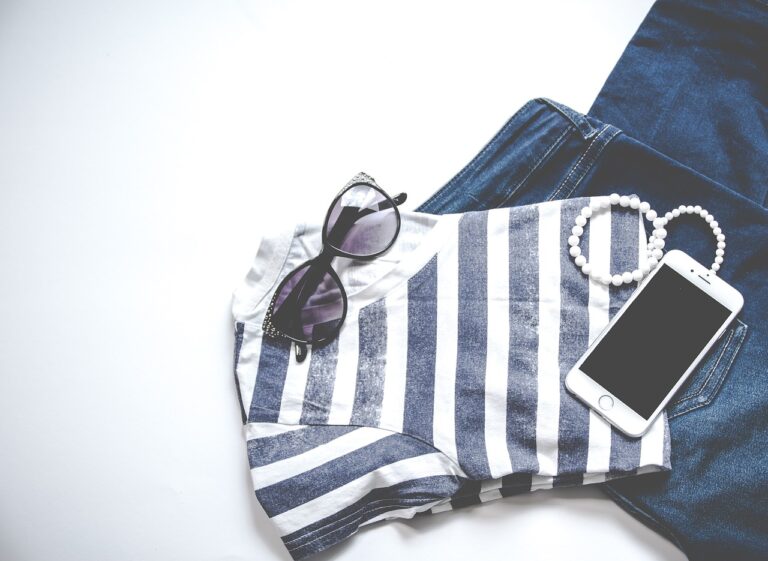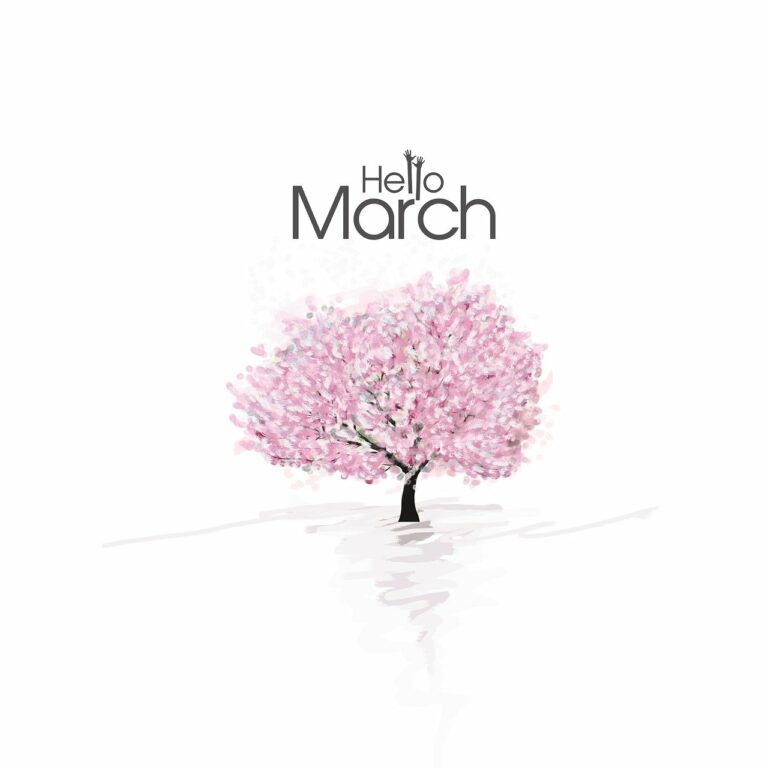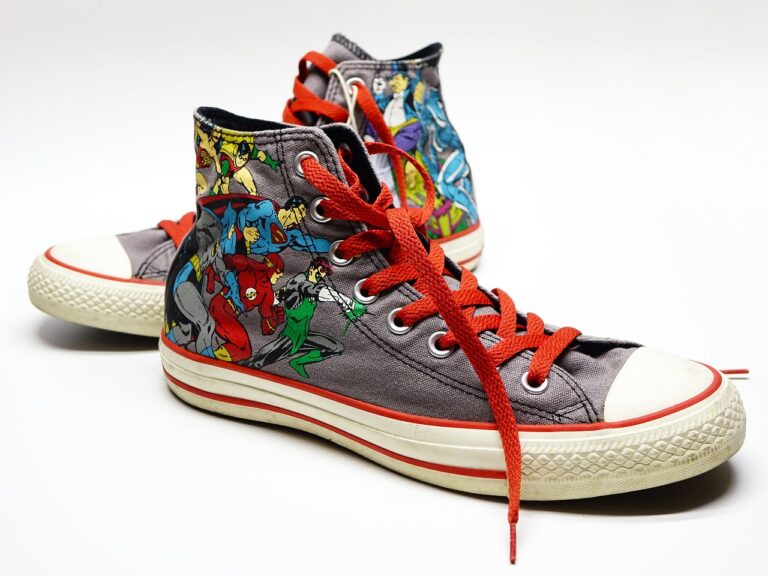Fashion Journalism Before the Digital Era
Gold365, Gold 365: Fashion journalism before the digital era was a realm characterized by print magazines, newspapers, and televised fashion segments. The primary mode of communication was through editorial pieces, runway reviews, and designer interviews, disseminated in a controlled and scheduled manner. Publications like Vogue, Harper’s Bazaar, and Elle held authority in setting trends and shaping the fashion industry landscape. The audience’s access to fashion news and insights was limited to the publication’s publishing schedule, creating a sense of anticipation and exclusivity around new fashion content.
In this pre-digital era, fashion journalists heavily relied on attending physical fashion shows, visiting designer showrooms, and conducting in-person interviews. Connections and networking were crucial in securing exclusive stories and insider information, with journalists often having to build rapport with industry insiders to obtain scoops. The process of researching and crafting a fashion story was labor-intensive, involving hours of fact-checking, sourcing images, and manually laying out content for print. The editorial cycle was slow-paced, with stories taking days or even weeks to reach the audience.
• Fashion journalism before the digital era relied on print magazines, newspapers, and televised fashion segments
• Editorial pieces, runway reviews, and designer interviews were the primary modes of communication
• Publications like Vogue, Harper’s Bazaar, and Elle held authority in setting trends
• Access to fashion news was limited to publication schedules creating anticipation and exclusivity around new content
• Fashion journalists heavily relied on attending physical shows, visiting designer showrooms, and conducting in-person interviews
• Connections and networking were crucial for securing exclusive stories and insider information
• Researching and crafting a fashion story involved labor-intensive tasks such as fact-checking and manually laying out content for print publications.
The Rise of Digital Platforms in Fashion Reporting
In today’s fast-paced digital age, fashion reporting has undergone a significant transformation with the emergence of online platforms like Gold365. These platforms have revolutionized the way fashion news is disseminated, offering instant updates and real-time coverage of industry events. With just a click, fashion enthusiasts can access a wealth of information, from runway show reviews to latest trends, all curated by professional journalists and contributors.
The convenience and accessibility of Gold 365 and similar digital platforms have democratized fashion reporting, allowing anyone with an internet connection to stay informed and engaged with the latest industry developments. Furthermore, these platforms have facilitated a more interactive and engaged community of fashion enthusiasts, who can share their opinions and perspectives on trends, designers, and collections in real-time. By harnessing the power of digital technology, fashion reporting has become more inclusive, dynamic, and responsive to the evolving needs of its audience.
Social Media Influencers and Their Impact on Fashion Journalism
The influence of social media influencers in fashion journalism cannot be overstated. These individuals have the ability to reach millions of followers with just a single post, making them powerful voices in the industry. Brands are increasingly turning to influencers like Gold365 to promote their products and collections, recognizing the impact these individuals have on consumer behavior and trends. As a result, social media has become a key platform for fashion journalism, with influencers shaping the narrative and driving conversations around new styles and designs.
Gold 365, with their massive following and engaging content, has redefined the traditional fashion reporting landscape. Their ability to showcase products in a relatable and authentic way resonates with audiences, leading to increased brand awareness and consumer engagement. As social media continues to evolve, influencers like Gold365 will likely play an even bigger role in shaping the future of fashion journalism, blurring the lines between editorial content and advertising.
What is the role of social media influencers in fashion journalism?
Social media influencers play a significant role in shaping trends, promoting brands, and providing valuable insights into the fashion industry through their online platforms.
How have digital platforms changed the landscape of fashion reporting?
Digital platforms have revolutionized fashion reporting by providing real-time updates, reaching a wider audience, and allowing for more interactive and engaging content.
How did fashion journalism operate before the digital era?
Before the digital era, fashion journalism relied heavily on print publications, runway shows, and traditional media outlets for reporting and showcasing new trends in the industry.
What impact do social media influencers have on the fashion industry?
Social media influencers have the power to influence consumer behavior, drive sales, and shape the image of brands within the fashion industry.
How can fashion journalists adapt to the rise of social media influencers?
Fashion journalists can collaborate with social media influencers, leverage digital platforms for reporting, and stay updated on industry trends to remain relevant in the ever-changing landscape of fashion journalism.





